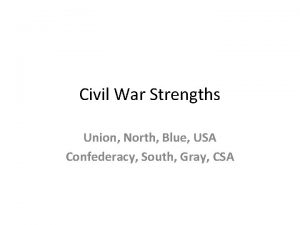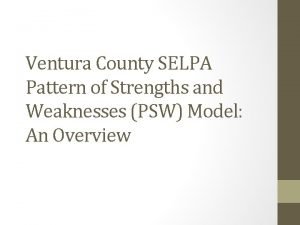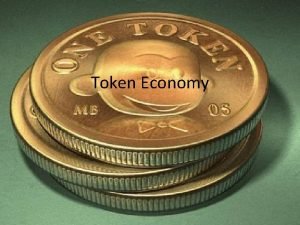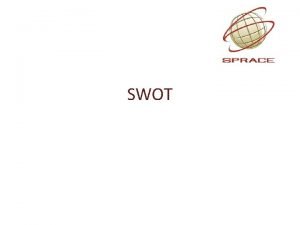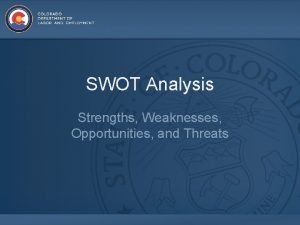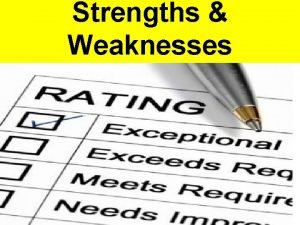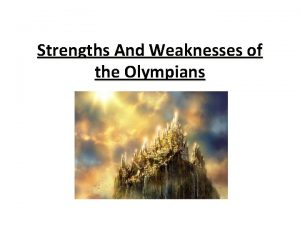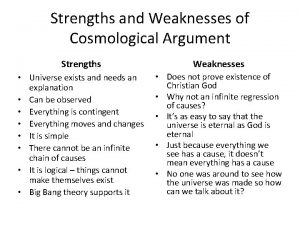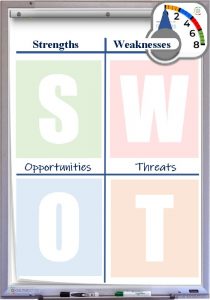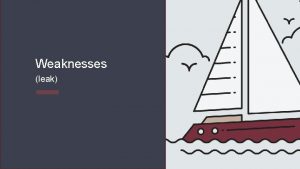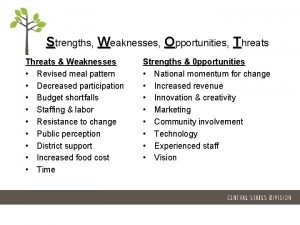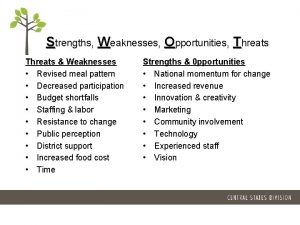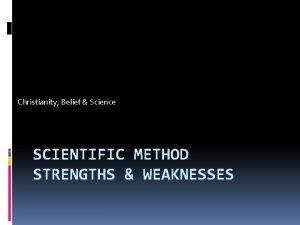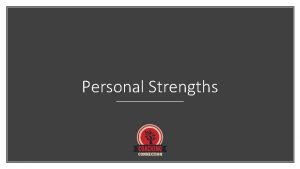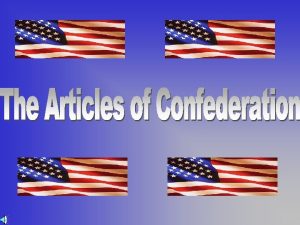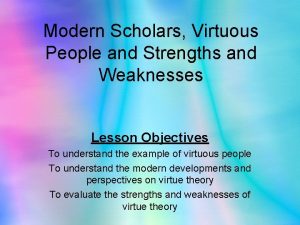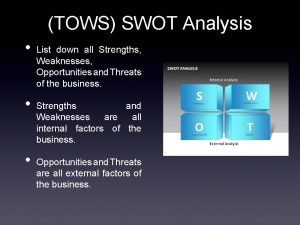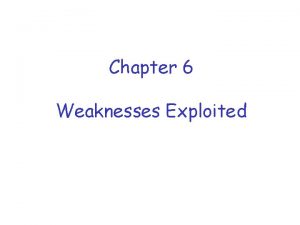WARMUP 091712 All people have strengths and weaknesses
















- Slides: 16

WARM-UP 09/17/12 � All people have strengths and weaknesses. What are some of your strengths? What are some of your weaknesses? Explain them. � How do your strengths help you? � How do your weaknesses hinder you? � If you could change one of your weakness, which one would it be? Why? Homework: Hero Journey rough draft due Wednesday.

Historical Background and The Epic FROM THE EPIC OF GILGAMESH


ANCIENT MIDDLE EAST � Highly developed civilizations flourished � 3000 BC – 100 AD � Mesopotamian, Egyptian, Hebrew civilizations � Mesopotamians – clay tablets � Egyptians – hieroglyphic script � Hebrews – The Hebrew Bible

CULTURAL AND HISTORICAL MILESTONES The Invention of Writing � 4000 -3000 BC � Cuneiform: � Sumerians � Word pictures � Sticks � became complete writing system � Gilgamesh

CONT. � Hieroglyphics � Egyptians � Pictures represent ideas � Wood or stone � Evolved to represent syllables and sounds

MESOPOTAMIAN LITERATURE � Fertile Crescent � � housed many civilizations Sumerians � � 5000 -4000 BC Built entire civilization with mud � � � Homes, pottery, clay tablets, canals City-states Many artistic and scientific achievements Cuneiform Gilgamesh

MESOPOTAMIAN LIT (CONT. ) � Babylonians � � � Conquered Sumerians Adapted cuneiform Translated their literature � � Gilgamesh Code of Hammurabi 282 laws � Stable legal system � � Assyrians � � 900 BC Magnificent library � � Sumerian and Babylonian literature Babylon regained power. � 612 BC; last great Mesopotamian empire

EGYPTIAN LITERATURE � Most powerful � � 3000 years Gift of the Nile � � Thriving trade Predictable Safe Papyrus reeds 3 Time Periods � Old Kingdom � � � 2700 -2200 BC Pyramids constructed Prayer and autobiography

EGYPTIAN LITERATURE (CONT. ) � Middle Kingdom 2000 -1800 BC � Economic & political power � Hymns and songs � � New Kingdom 1600 -1100 BC � Peak of political power � Lyric love poems � PYRAMID OF POWER

EGYPTIAN LITERATURE (CONT. ) � Hierogylphs � � Highly religious � � Script in which pictures represent ideas. In everything they wrote Fascinated with death � The Book of the Dead http: //www. getty. edu/art/ gettyguide/video. Detail s? segid=4387

HEBREW LITERATURE � Abraham and Sarah � Left Babylon � Became “the Hebrew people” Wanderers � Rich cultural life � Monotheism � � � People Hebrew Bible � Old Testament � Their river � great “monument” Record of their spiritual, literary, and historical experiences � Diverse literature: psalms, hymns, historical narratives, proverbs from across the Entered Egypt Saved from starvation � Later enslaved � � � Ten Commandments � � Mosaic Law Entered Canaan Temple of Jerusalem � Destroyed twice � Exile (united by Yahweh) �

DEAD SEA SCROLLS Found in cave near Dead Sea (1947) � Dated back to 200 BC � Written in Hebrew � Papyrus, animal skin � Most of the Hebrew Bible; oldest written fragments of the Bible ever written �

GILGAMESH � Sumerian story � Quest for eternal life � Oldest epic � Actual historical figure (2700 -2500 BC) � Clay tablets; passed on and translated � Epic: lengthy narrative poem, detailing a hero’s deeds related to a culture or nation

EPIC HERO � Leader of his people � Traits reflect his society’s values � Superior strength, knowledge, cunning, courage � Often takes long, dangerous journey or quest to supernatural realms to achieve a particular goal � Possess human weaknesses; they can die

GILGAMESH � Fill out your study guide using the text. � Complete questions 1 - 10 on page 36: “Reading Check” and “Thinking Critically. ”
 Johnson and johnson swot
Johnson and johnson swot Marks and spencer competitors analysis
Marks and spencer competitors analysis American and british strengths and weaknesses
American and british strengths and weaknesses Strengths and weaknesses of the union and confederacy
Strengths and weaknesses of the union and confederacy North and south strengths and weaknesses chart
North and south strengths and weaknesses chart Glanzer and cunitz strengths and weaknesses
Glanzer and cunitz strengths and weaknesses Mbti strengths and weaknesses
Mbti strengths and weaknesses Taba theory
Taba theory Patterns of strengths and weaknesses worksheet
Patterns of strengths and weaknesses worksheet Token economy in psychology
Token economy in psychology Articles of confederation strengths
Articles of confederation strengths Plaafp strengths and weaknesses examples
Plaafp strengths and weaknesses examples Swot manpower
Swot manpower 3 strengths and weaknesses
3 strengths and weaknesses Strengths and weaknesses of a marketing manager
Strengths and weaknesses of a marketing manager Strengths and weaknesses examples
Strengths and weaknesses examples Zeus weakness
Zeus weakness



